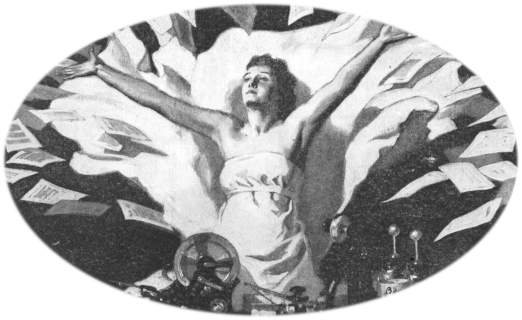For many writers, the thing that replaced the trusty typewriter was a dot-matrix printer. Anyone who lived through the 1980s remembers the sound of a dot-matrix printer printing: like a thousand little brats dragging their fingernails across a blackboard at once. Anyone who lived through the 1980s remembers blackboards.
Dot-matrix printers are still made, mostly for specialized applications, but also for cranks who are sick of the monopolistic practices of certain printer manufacturers and remember how cheap the cost per page was for a dot-matrix printer. It occurred to Dr. Boli to see how much these things were selling for and what the modern ones were like. The answer to the first question is that they cost as much as a good laser printer; the answer to the second—well, Dr. Boli looked at the OKI Microline 320 Turbo on a certain dealer’s site:
USB and parallel interfaces let you print from various devices… Good enough: glad to see we can connect a computer made after 1998.
Prints up to 435 pages per minute (ppm) in black.… So it’s speedy. That’s nice.
288 x 144 dpi resolution for increased text clarity.… Well, one might ask “Increased from what?” but still, it’s—
Wait a minute.
Here, if we were making Dot Matrix: The Motion Picture, the sound designer would be instructed to insert the sound of a needle scratching across a record, the universal indication of what used to be known in vaudeville as the double-take. (Anyone who lived through the 1980s remembers records.) How many pages per minute? 435? As in 7¼ pages per second? “Turbo” indeed!
Surely that must be wrong. What are the ratings on the other dot-matrix printers?
We look at the rating for the Epson FX-2190II: “738 pages/min.” This is enough to make us take the name of a certain city in northwestern Ohio in vain.
How about the Epson DFX-9000? “Maximum Print Speed (Monochrome): 1550 pages/min.”
We tried to imagine what such a printer would look like in use, and this was the only image that came to mind:
But the mystery was solved by a look at another site. Here the OKI Microline 320 Turbo is also offered, and in the specifications we read, “Super Speed Draft (cps): 435.”
This is the solution. For ink-jet and laser printers, the speed is measured in pages per minute. The speed of a dot-matrix printer, however, is traditionally measured in characters per second. The twenty-five-year-old who set up the database at our first retailer had never heard of dot-matrix printers, and set up a speed field labeled pages per minute. The other twenty-five-year-old who entered the data for the dot-matrix printer had no idea what “cps” meant, but it was a measurement of speed, so it went in the speed field.
This is a disappointment. The world, for a few minutes, had become wildly romantic when Dr. Boli imagined so prosaic a thing as a dot-matrix printer flinging out pages at the rate of 1,550 per minute. But the scientific mind will not rest until anomalies are accounted for. If this removes a bit of the romance from the world, it has the compensation of allowing us to moderate our expectations a little when we buy dot-matrix printers.
